Industry commentators debate how changing commuting patterns could impact motor claims
Last month, the UK threw off the shackles of coronavirus lockdown restrictions as prime minister Boris Johnson stuck to his guns with the country’s second attempt at ‘Freedom Day’ on 19 July 2021.
Although many Brits excitedly welcomed their newfound mobility following Freedom Day, those within the motor insurance arena are perhaps feeling more cautious about what the removal of travel restrictions will mean for claims frequency and severity.
According to the UK government’s latest Provisional Road Traffic Estimates, Great Britain report, published 8 July 2021, the drop in vehicle mileage between April 2020 to March 2021 is the largest fall since the quarterly records started in 1994.
The report noted that car traffic decreased by 31% to 189.1 billion vehicle miles over the reporting period, in addition to van and lorry traffic decreasing by 14.2% and 6.8% respectively.
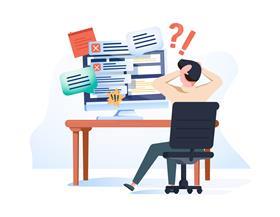
This low traffic landscape could now be set to change.
Donna Scully, director at Carpenters Group, explained: “Road traffic volumes decreased significantly during the first lockdown for obvious reasons. However, even before the full restrictions were lifted, we have seen volumes rising to higher than the pre-pandemic baseline, probably because people felt safer in cars than on public transport.
“The recent inflation increase was partly driven by increased second-hand car prices. There has also been other changes in behaviour, with increases in online shopping and home deliveries from supermarkets which has impacted commercial motor volumes.”
Geoff Carter, chief executive of motor insurer Sabre Insurance, agreed, adding that the “claims outlook is really quite confusing for the second half of the year”.
He continued: “We know traffic is back to about 100% of normal levels – it’s probably going to go above 100% for the next few weeks because of the amount of UK-based holidays.”
Commuting-based claims?
The crux of claims concerns, however, lies in the future of commuting patterns – newly introduced hybrid working models that embrace a mix of home and office working could signal the end of the traditional ‘rush hour’ peaks, for example, which historically were ripe for collisions.
Andy Sewell, Gallagher Bassett’s UK technical director, said: “It will be interesting to see what happens and how the number of accidents correlate to what the working patterns of individuals are and how they’re going about getting back into the workplace.
“The majority of traffic on the roads is always at those peak times in the morning and the evening.
“I think we can all say we’ve seen an increase in traffic in those time periods, but nowhere near the levels [we had] previously. So, if we do see a return to office environment, we do see society changing back again, then it will return to increased traffic on the roads and therefore increased incidents.”
Carter has also observed different daytime driving patterns around commuting.
He explained: “What we experienced before the summer holidays was the morning rush hour came back to somewhere near normal.
“The evening rush hour is much more spread out, so you didn’t really get the evening peak at 5.30pm to 6pm - it felt like people were potentially dropping children off at school and [then] going to work, but picking them up at different times during the afternoon. That’s quite different.
“You can also see different traffic volumes whether you’re in a city or rural - if you’re [in a] rural [area], that’s definitely bounced back quicker and harder than if you’re in a town.
“The interesting question is [will this be] sustained or does everything come back to more of a normal position? In September, what’s going to happen is really, really hard to tell. Are people going to work from home still?”
Scully, meanwhile, predicts a “shift in when cars are being used, from weekday peak hours commutes to more leisure [and] staycation mileage over the Friday to Sunday period”.
Mitigation measures
With traffic volumes therefore more sporadically spread out than pre-pandemic, claims trends are undoubtedly going to be hard to pinpoint in the coming months, especially as longer-term working patterns aren’t expected to be firmed up at most organisations until the autumn.
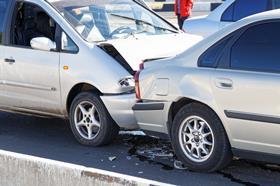
However, with more cars and vehicles now permitted back on the roads, common sense would argue that there will subsequently be more opportunities for potential road traffic accidents as policyholders venture away from home more often.
“More traffic will logically lead to more collisions, so it’s not a great leap of the imagination to predict that claims volumes will increase,” Scully conceded.
Insurers and brokers will therefore need to keep a weather eye on mitigating claims frequency and severity.
For Sewell, education and awareness work will be essential here, particularly where vehicles have sat stationary for months or drivers haven’t yet had much time behind the wheel.
He explained: “There’s probably cause for an educational and awareness piece around getting back into vehicles, around making sure the cars are safe to use.
“We have the relaxation of the MOT requirement through the pandemic. Many cars have been stationary [at] a garage for a period of time, brakes [have not] been tested, so there may well be an extra call here for a bit of proactivity in the insurance market, specifically to raise that awareness of checking vehicles and making sure that you as a person are in a fit state of mind and able to drive as you need to.
“One of the aspects where we’re concerned within that commercial environment is the adequacy of training by employers and making sure that drivers on the road doing deliveries or for the long hauler are going through the necessary training – not just around being able to drive a specific vehicle, but also around the mental state that you now find yourself in.
“We’re in a period of time where there’s a lot of anxiety around and you may well see that people’s minds are not necessarily on the job at hand when they’re driving but somewhere else, which impacts on concentration and subsequently, [incidents].”
Scully added that “it is also important to consider holistic risk management around commercial fleets” using “a combined programme” about how driving behaviours can “impact on claims volumes and claims defensibility”.
Plus, with pubs also now open, drink driving should be a concern on insurers’ radars.
Scully continued: “With bars, pubs and clubs opening up again, there is a potential for an increase in drink driving-related cases.
“We’ve worked to support the road safety charity RoadPeace to get the message across that if you’ve had a drink, you shouldn’t drive.”
What were the prevalent motor claims trends during lockdown?
During the peak of the Covid-19 pandemic, the “dynamic of the claims” seen in the motor market changed, said Andy Sewell, UK technical director at Gallagher Bassett.
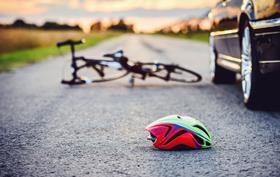
Firstly, he noted “an increase in commercial vehicle collisions” involving delivery drivers as online shopping boomed during lockdown.
Claims concerning vulnerable road users – such as pedestrians and cyclists – also increased as Brits undertook their allotted daily exercise outside and left their cars at home. These claims are typically more severe that car-to-car crashes, Sewell added, which will impact on the value of the claim.
He added that claims also tended to focus on property damage in lockdown, as opposed to vehicle damage.
Geoff Carter, Sabre Insurance’s chief executive, further noted that less cars on the road during lockdown didn’t necessarily equate to fewer and cheaper claims.
He explained: “It isn’t a straightforward correlation because less traffic on the road can mean faster traffic and normally a faster claim is a bigger claim, so it could be a trade-off between frequency and severity.”
Sewell added that the insurance industry will need to be “pretty wary” of drivers coming back onto the roads post-Freedom Day.
“One of the things that we’ve got to be pretty wary of is the fact that a lot of people haven’t, certainly in the initial stages of lockdown, simply didn’t use their cars and getting back into them after a period of time, [they may have] a lack of awareness of speed, a lack of awareness of concentration. [This] adds to the potential for, or an increase in those types of claims,” he said.
Hosted by comedian and actor Tom Allen, 34 Gold, 23 Silver and 22 Bronze awards were handed out across an amazing 34 categories recognising brilliance and innovation right across the breadth of UK general insurance.



























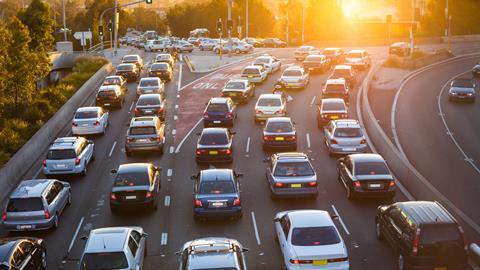









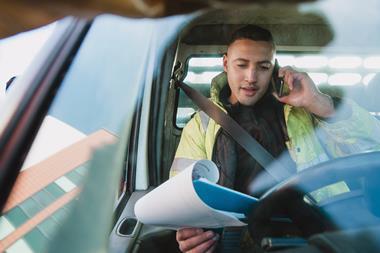














No comments yet